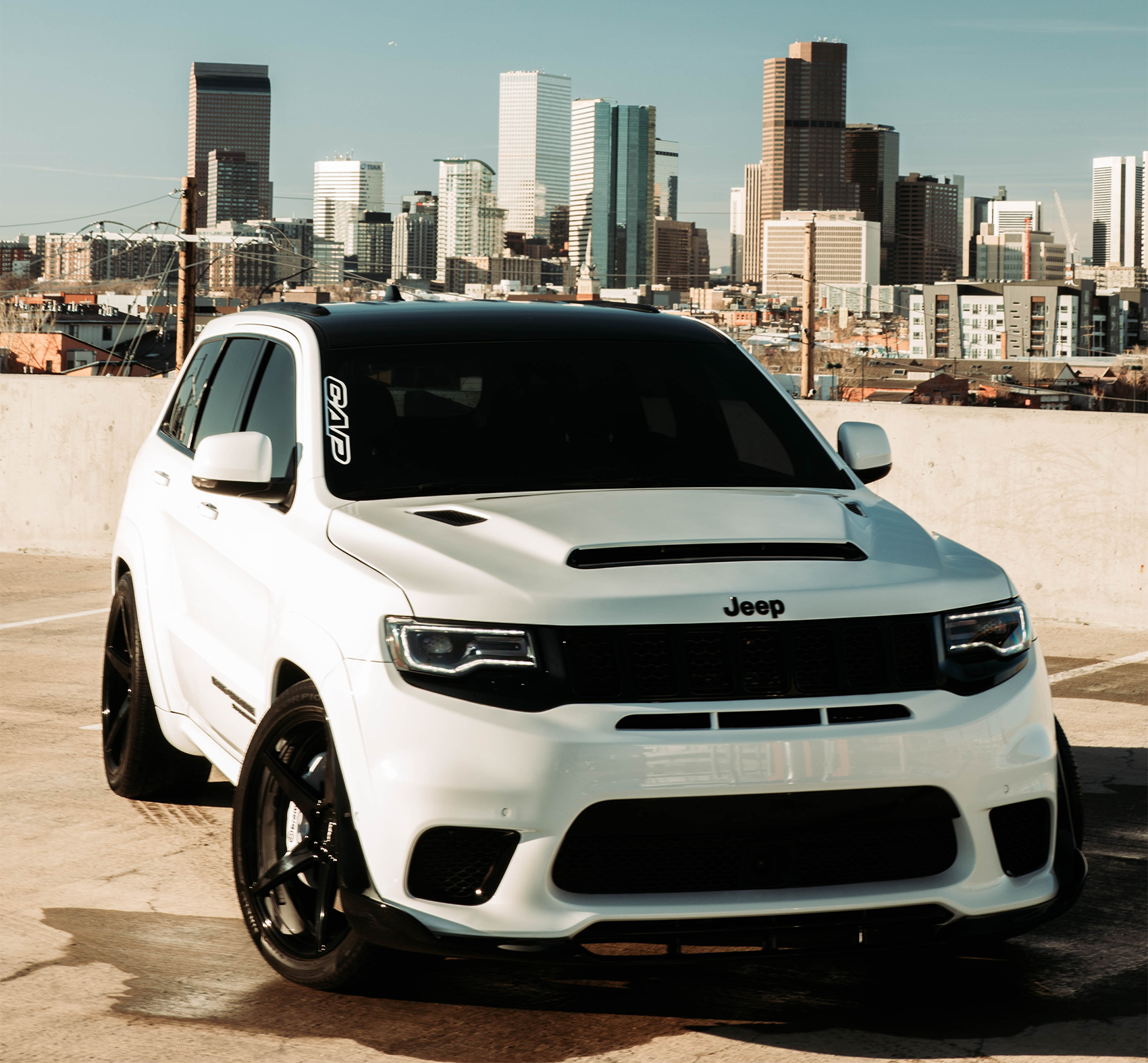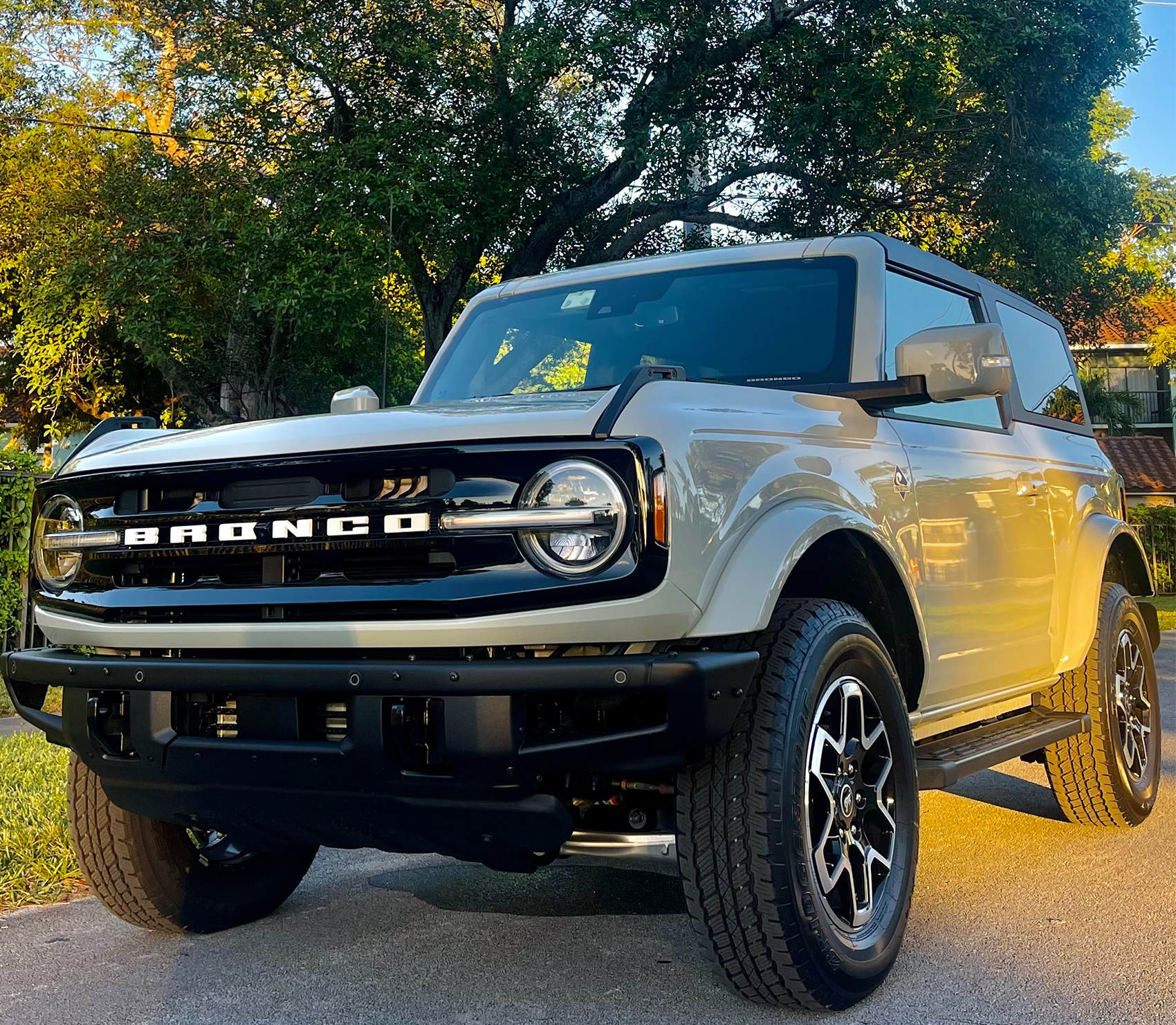
January 27, 2023
3 Customer Experience Tips for Dealer Inventory Shortages
Ongoing inventory shortages are having costly effects on OEM and dealer loyalty rates in 2023 as vehicle prices remain high across the market.
According to S&P Global Mobility, brand loyalty in the U.S. light vehicle market rose from 49.2% in September 2022 to 50.3% in October. This marked the first significant increase since January aside from the slight improvement from July to August.
Even as inventory levels begin to normalize, dealers should still expect to see higher interest rates and corresponding monthly payments, likely to continue curbing customer demand and impacting dealership loyalty for the foreseeable future.

Customers who are loyal to an automotive brand are invaluable to dealers. These consumers are notably less likely to negotiate and more likely to generate service and other fixed ops revenues. With immediate and long-term opportunities lost by defection of a loyal customer being significant, dealers need to stay top-of-mind with their loyalty customers.
As the dealership customer experience grows progressively more important to customers’ purchasing decisions amid inventory shortages, personalizing every step of a buyer’s journey has become critical to proactively defending against competitors’ conquest attempts.
To succeed in a challenging market, dealers need to ensure they’re offering a unique dealership buying experience that is true to their brand and tailored to their specific customers with every touchpoint.
In this post, we’ll share three tips for auto dealers of all sizes to proactively promote customer retention amid inventory shortages by improving the dealership customer experience, including:
– Instill a culture built on great dealership customer experience
– Manage the dealership culture you defined
– Recognize and reward employee engagement
Dealership Sales & Inventory Challenges in 2022
Despite inventory shortages in 2022, consumer demand continued to stay relatively high. However as shortages grew on, buyers began to grow more aware of high prices and fewer OEM incentives. According to S&P Global Mobility, U.S. light vehicle sales totaled 13.8 million units in 2022, a 8% decline from 2021.
“We project calendar-year 2023 sales volume of 14.8 million units in the U.S., a 7% increase from the estimated 2022 tally,” noted Chris Hopson, principal analyst at S&P Global Mobility in a December report. “But even as the industry hopes to leave 2022 in the rearview mirror, uncertainty awaits entering the New Year.”
Loyalty Is Down, Competition is Up
Loyalty rates also fell to an eight-year low in 2022, largely due to the limited availability of in-demand vehicles. Additionally, nearly zero OEM incentives massively increased movement across the industry as customers tried and continue to try to find anything to fit their needs.
As effects from inventory challenges drag on, dealers need to make an intentional effort to proactively protect their customer base from competitors’ conquest efforts. This can be done by offering a dealership customer experience that keeps buyers coming back, time and time again.
Customers Want Convenience and the Marketplace is Delivering
Fewer options on the lot and ongoing rapid digitalization has also led to a rapid change in consumer buying behaviors and expectations. Today, more customers are looking for convenient shopping options, whether that means browsing a dealer’s pre-owned inventory online or pre-ordering their next vehicle from their couch.
Even if your dealership isn’t offering the sort of convenient customer experience that today’s buyer expects, your competition will. As customers crave convenience, the marketplace is delivering. To combat the convenience of online-only retailers and other local rooftops, dealers need to simplify every step of the buyer journey. This can be done by meeting customers where they are with an exceptional customer experience, built in with the DNA of the dealership.
Start by ensuring your dealership’s buying experience is as consistent and cohesive as possible, no matter where the buyer comes from. Look for opportunities to engage buyers across channels with messaging that educates audiences about their various options.
Finally, to offer an excellent customer experience and build trust with buyers from that first point of contact, it’s important that dealers leverage advanced dealership marketing technology tools to tailor their outreach and personalize their messaging for each buyer.

Tip 1: Instill a culture built on great dealership customer experience
How do you develop the type of culture where customers are valued and appreciated and where the customer’s experience is the most important factor in any decision? It starts with defining it and setting expectations for employee engagement.
Ask yourself:
– How do you expect people to operate in your dealership?
– How do you expect them to treat each other and the customer?
– How are they empowered in their pursuit of doing the right thing?
Creating a dealership culture that supports a cohesive customer experience consistent with your brand promise requires dealership leaders to first commit to their team fully. Start by ensuring they have the right tools, training and infrastructure to succeed.
Remember: Dealers should meet customers where they are with an exceptional customer experience staffed by empowered employees. Examine how your customers interact with your dealership to match your staffing and resources appropriately.
Tip 2: Manage the dealership culture you defined
Once you have culture defined and explained to your team, the management component is critical to turn words into reality. You can’t do good work without the right tools, and you can’t expect your team to deliver meaningfully personalized service to your customers if you don’t arm them with the tools to do so.
Auto dealers can ensure they’re offering a consistent customer experience across departments by equipping their entire team with customer comprehensive insights, including:
- Contract terms
- Service records
- Financial data
Customer experience is all about human interactions, and the best human interactions take place when the employee has all the information they need ahead of time to meet the customer’s unique needs. With access to comprehensive insights with tools Mastermind, dealership sales, service and marketing teams are empowered to do their homework and make the right offer, to the right customer at the right time.
Tip 3: Recognize and reward employee engagement
If you show your employees you’re serious about investing in a customer experience-driven culture, and give them the tools to do it right, then they’re more likely to take it seriously and become part of making that culture a reality. Without that kind of visible commitment, your staff likely won’t take your commitment to customer service seriously, and neither will the customers with whom they’re interacting.
When your employees do get it right, reward them quickly and meaningfully. Dealership culture is more than sales numbers, so don’t just reward sales metrics or other financial targets. For instance, for dealers focusing on pre-owned acquisitions amid new vehicle inventory shortages, consider incentivizing sales teams to create in-demand trades or buy-back opportunities.
In addition to those kinds of recognition, make the effort to find ways to reward the behavior that values coworkers and customers. Recognize and reward creativity in:
- Solving customers’ problems
- Covering for coworkers who have family emergencies
- Staying late as needed without being asked, showing respect for customers’ unique needs, etc.
Regardless of your specific objectives, it’s critical dealers track their progress toward their goals through detailed reporting. This empowers dealers both to hold their team accountable and to recognize employee contribution.
The more employees know that healthy and positive behavior is rewarded, the more they will embrace your culture and become partners in growing the kind of environment in which great customer experiences are born. Additionally, this will foster a space where the bottom line grows along with the relationships you build.
Conclusion
While inventory shortages persist across the globe this year, dealers can still:
- Maintain customer retention
- Improve automotive brand loyalty
- Increase sales
As inventory shortages drag on, successful dealerships will take intentional, proactive action to protect their customer base against the competition’s conquest efforts. Increasing loyalty and improving dealership customer retention can be achieved by:
● Proactively engaging loyal customers. Dealers need to engage loyal customers before they start shopping around to prevent defection and improve customer retention. Retention strategies can be activated by the marketing and sales teams, and even in the service departments.
● Personalizing your approach. To stand out from the noise and retain loyal buyers, your dealership needs to craft personalized messaging that proves you know and care for your customers best.
● Focusing on your customers’ experience by staying in touch. Ensure each touchpoint builds on the last in a helpful manner, meeting your loyal customers where they are in their journey to keep them engaged over time.
Interested in learning how Mastermind can empower your team to deliver an exceptional dealership customer experience and navigate inventory shortages? Contact us for a free demo.


